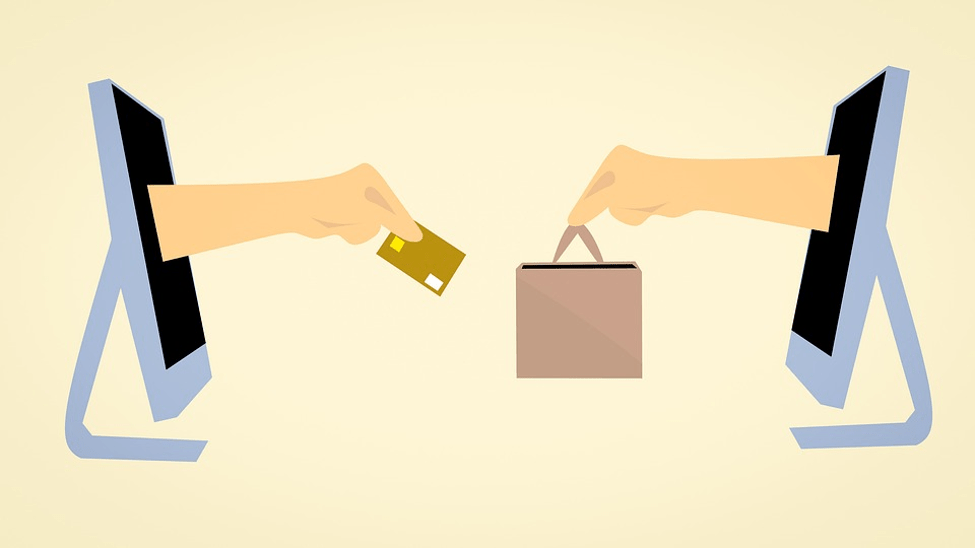One of the most important aspects of being successful on Etsy is differentiating yourself from the competitors.
There is so much excellent information floating around in the Etsy community that narrowing it down to the top recommendations for establishing an Etsy store for selling and buying is challenging. However, do not worry; we have got you covered.
Insight
Etsy was established in 2005 to connect small, independent artists, producers, and collectors with consumers who were seeking presents, collectibles, and products with a more customized touch, such as handmade jewelry and home decor.
The site had almost half a million visitors and generated $26 million in revenues in its first two years of operation. According to the company’s own statistics, the e-commerce business has about 2 million merchants and 50 million goods by 2018.
Because of its extensive network of independent dealers, it has achieved rapid and consistent success. 87 percent of Etsy sellers were women in 2019 according to the platform’s own data. It is a community of online marketplace owners that women have primarily driven for years.
What is Etsy?
Etsy is an online platform where independent sellers and artisans can sell their wares to a global audience. Among other things, Etsy is known for its handcrafted toys and collectibles and its art and home products (including antique furniture), jewelry and apparel, and seasonal gifts and crafts and craft materials.
Unlike Walmart and Amazon, everyone on Etsy is made, curated, collected, and sold by the sellers. These self-employed business owners not just produce their products but also manage their own orders and inventories. If you are concerned about managing the inventories, inventory management services like trackahaul.com can make your inventory management effortless.
As a middleman, Etsy provides a platform for smaller, independent artists to reach and increase sales, allowing them to grow their businesses.
Buying on Etsy: What to Know?
Customers’ search queries are narrowed down by the retail platform’s categorization of its goods, including personalized suggestions for products and sellers, depending on their search history. You can look it up using the search box at the top of the page for those searching for a particular item. On the other hand, Etsy provides links to different purchasing categories right below the search bar if you want to explore based on keywords or item type.
Anyone can purchase on the site, regardless of whether they have an Etsy account or just want to place an order as a guest. The buying procedure is similar to that of other online stores, with the option to add products to a digital cart before proceeding to the checkout. Card payments, Etsy gift cards and credits, Google Pay, Apple Pay, bank transfers, and PayPal are accepted by Etsy (if the option is available in your country). In addition, since they are an international store, some customers may pay using country-specific installment options.
Since all Etsy shop owners control their inventory, they are also accountable for the shipping costs associated with their products. In addition to offering international delivery, most Etsy sellers also provide various shipping options, with some even providing a free shipping option. You will most likely get shipments from various carriers if you buy from several vendors since each seller has its own delivery method. This is true even if you order from all of them at the same time. Fortunately, if a shipment problem arises, Etsy provides a tool for verifying your invoice and shipping confirmation and a chat app that connects you directly to your seller to deal with the issue.
Selling on Etsy: What to Know?
Those who want to start a store on Etsy will be entering a community of millions of other independent sellers. Of course, some rules and regulations must be followed while selling anything on the site. However, suppose you are particularly interested in selling “vintage” items. In that case, Etsy offers a verification procedure that starts with you verifying that the piece is at least 20 years old.
It does not matter what you are selling; there is no charge to create an account. However, there are costs when you post your goods, sell them, and ship them.
If you want to open a store, you have to put some information like the shop’s name, location, payment methods, and bank details.
Once you have got all of the necessary information, you can start creating your first listing. To put an item for sale on Etsy, you will be charged $0.20. Each item on your list has a four-month shelf life until it is sold or removed from the listing. After that, Etsy gets a 5 percent cut of the item’s selling price, plus a 3 percent cut if you use Etsy Payments. In addition, it includes a $0.25 transaction charge. Now consider if you wish to promote or advertise your products on the Etsy main page; it will cost you a certain percentage of the sales or a one-time fee depending on the length of the advertising campaign.
As you develop and build your store, your products’ digital appearance and pricing will be significant factors in creating a brand personality that consumers will trust and return. Many successful creators make an effort to differentiate themselves by using unique identities and themes, displaying high-quality pictures, and implementing search engine optimization (SEO) methods to attract potential customers.
Conclusion
Make sure to have a look around Etsy itself. Thousands of tools, including applications, tutorials, and a Facebook group, are available to new sellers on the site. These resources teach you how, where, and when to get started, get solutions to your problems, and sell your goods.




